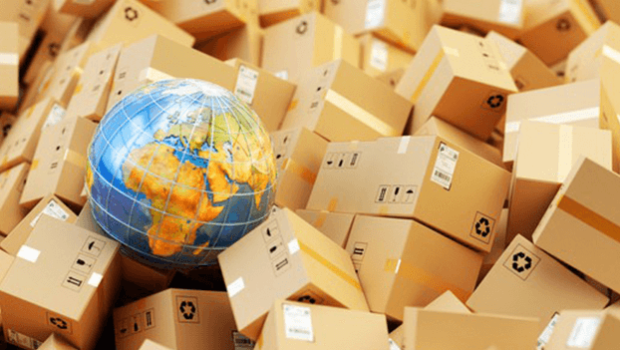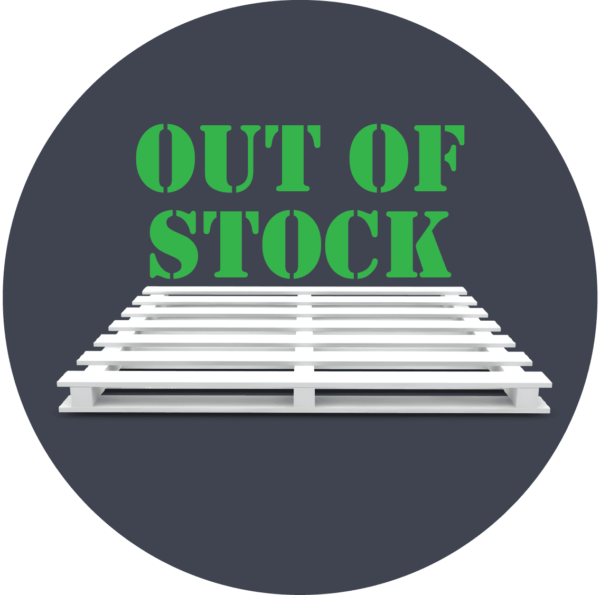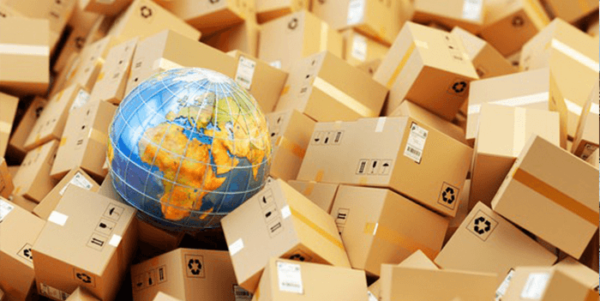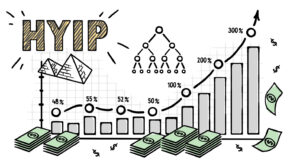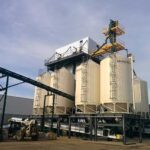Which Is Better – Stock-Outs or Overstocks?
Imagine these 2 situations happened to you:
Situation 1: A customer doesn’t proceed to order from you because you don’t have stocks of a certain product they are willing to drop money on. Your manufacturing plant halts all production because you lack a crucial raw material for a highly in-demand product.
Situation 2: You need to rent bigger warehouse facilities because you have boxes upon boxes of products that are unsold. Even worse, they are all perishable within a week – with no alternative to move them.
Which is better – situation 1 or 2? These are not just simple problems. These are full blown emergencies that can hurt your small business or small manufacturing operation. Managing inventory supply-demand is no easy feat and affects the entire business operation from production to retail. It’s vital for the company to understand the right and accurate stock levels as this affects not just your finances but the customer’s general perception of you and their experience. Sadly, these scenarios have become an all too familiar tale with small business owners/manufacturers. They routinely encounter issues on having too little inventory (called a stock-out) or having too much given the current demand (overstocking).
Let’s take a look a deeper look at these two scenarios:
Stockouts
A stock-out happens when you are low in stock or out of stock for a certain product/raw material. Before the advent of ecommerce, companies would just simply back order when inventory ran out and they would simply purchase/make more products to sell. Customers had to wait for them to be available.
But today’s retail environment is different. Customers have higher expectations when it comes to inventory standards. Consumers today do not expect or even have the energy to wait for backorders. If you can’t deliver, they’ll look for someone else who can. Aside from this, stock- outs come with financial and reputational impact like:
- Associated High Cost
- The best way to solve stock-outs is to take on higher production levels which will run higher cost. To make more products, you’ll need to hire temporary workers and expand your production line to accommodate higher demand. You also incur a lot of expedited logistics cost. To bypass the lead time in deliveries and meet your customer’s expectations, you’ll need to avail of express shipping that can cause your delivery and logistics expenses to balloon up by 50% to as high as even 150%.
- Lost Revenues and High Opportunity Cost
- Stock-outs can make potential sales go bust. Revenues will be affected because of the high opportunity cost on every unit customers would have paid for if the item were available on hand. Some customers would be patient and these can just be a case of delayed sales but in many instances they would simply look for other manufacturers who can do the same thing.
- Damaged Reputation
- Aside from just losing the sale, you’ve lost something more valuable: good will and your excellent reputation. Stock-outs can make you lose current and future customers. If you can’t offer the goods, why should people settle for you? This will force customers to look at alternatives that can deliver 100% and enables your competitors to have a leg up over you. If this happens, you’ll earn a reputation for not being able to deliver and prospects would simply go to more reliable vendors and suppliers.
- Losing Add-On Business
- If you do have a very loyal customer base, one serious stock-out can say goodbye to them forever. Customer retention is about being able to commit and provide the same service you have given before. You’ll definitely lose potential business along with the complimentary services or offerings that you also make money on. If add-on services form a huge part of your revenue stream, you’ll definitely feel the hit here as well.
Overstocking
If having too much inventory is okay, then this is an easy call. You’ll just produce or have more than you should. But that is not always the case. Overstocking – the practice of carrying too much of a product in inventory is just as dangerous to your business bottom line. Having a “safety net” in the back of your closet can be financially draining as well. Here are the financial impacts associated with this scenario:
- Higher capital tied to stagnating inventory
- For small manufacturers or businesses, building your inventory requires capital. By tying your money on inventory that doesn’t sell, you’ll lose the opportunity to deploy or use that capital somewhere else that will get it better returns. Worst – you’ll find yourself taking a long time to recoup that money which can prevent you in generating high profit margins. The best way to get it back fast is to discount your prices and that can cause you to just breakeven or even lose more capital.
- Higher holding cost
- You’ll definitely pay more to store or hold your physical inventory. Warehouse space can be expensive and if you have special requirements like cooling or security, you’ll even pay for more additional cost. Aside from this, you’ll also need to pay for insurance to make sure that your products are covered in case of disasters – further fueling your holding fees.
- Potential wastage cost
- Most physical products have expiration or write off date depending on its shelf life. However, once a product is expired, you don’t just have to replace it to maintain inventory. You also have to incur expenses in disposing them properly in compliance with local environmental laws. These wastage cost can go up even further when your product requires more complicated waste management procedures.
Balancing The Tradeoffs Between Stockouts And Overstocks
So which is better? To be honest, not one surpasses the other. Each have their own effects on business operations and customer satisfaction. The decision ultimately rests when you take into account which risks and financial cost you can tolerate and manage. At the same time, consider your reaction time to stock-outs. How fast can you get production up to complete back orders? You can also assess if you can take on additional inventory and overstock. Can your warehouses handle more product than they should? Look at the actual impact to your expenses and revenues.
As a general rule, go with an overstock decision when each unit of a product delivers a higher level profit than the incremental cost needed to store it longer. You usually overstock if large volume orders are expected to move it in the future.
You would go with a stock-out decision when your product is highly perishable and cost more to store relative to the profit it generates. When customers don’t have easy alternatives, it pays to be patient since they won’t really have a choice. But thread lightly, as this will damage your reputation and some competitor may arrive to fill that void.
Luckily, there are a few things you can do to properly balance inventory supply and demand and avoid both things from happening to your company.
Best Practices In Managing Inventory Supply And Demand
- Look at your customers and the market behavior. Monitor how the market reacts and when is the peak demand. Research where you’ll most likely plateau to manage what you have in stock. Proper sales forecasting solves most of this inventory problem. Create an inventory plan for the next 2 weeks, per month, per quarter and per year.
- Create a response plan if you can’t avoid stock-outs or overstocks. These decisions should be carefully made in advance so each member of your team is aware of what to do next should this problem arises.
- Implement a cloud-based automated MRP system like Katana MRP that alerts you when stock levels go dangerously low or high. Maintaining efficient stock levels are easy when you have an optimized software system that syncs information between your workshop, retail store/website and overall supply chain. Katana MRP provides you real-time inventory control that can help you easily track raw materials, products in stock and products booked for delivery. This tagging allows you to plan each and every production decision – making it easy for you to avoid all the issues involved in stock-outs and overstocks.
Takeaway
Both stock-outs and overstocks have their cons and prevents your business to scale properly. The key is to balance the tradeoff for each one. A smart decision is to have automated cloud-based systems that can track and callout these issues before hand. Katana MRP is just perfect for that.

